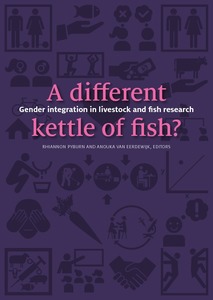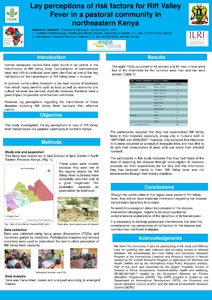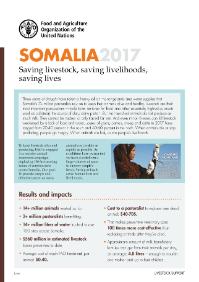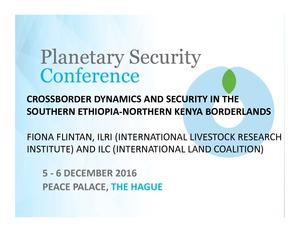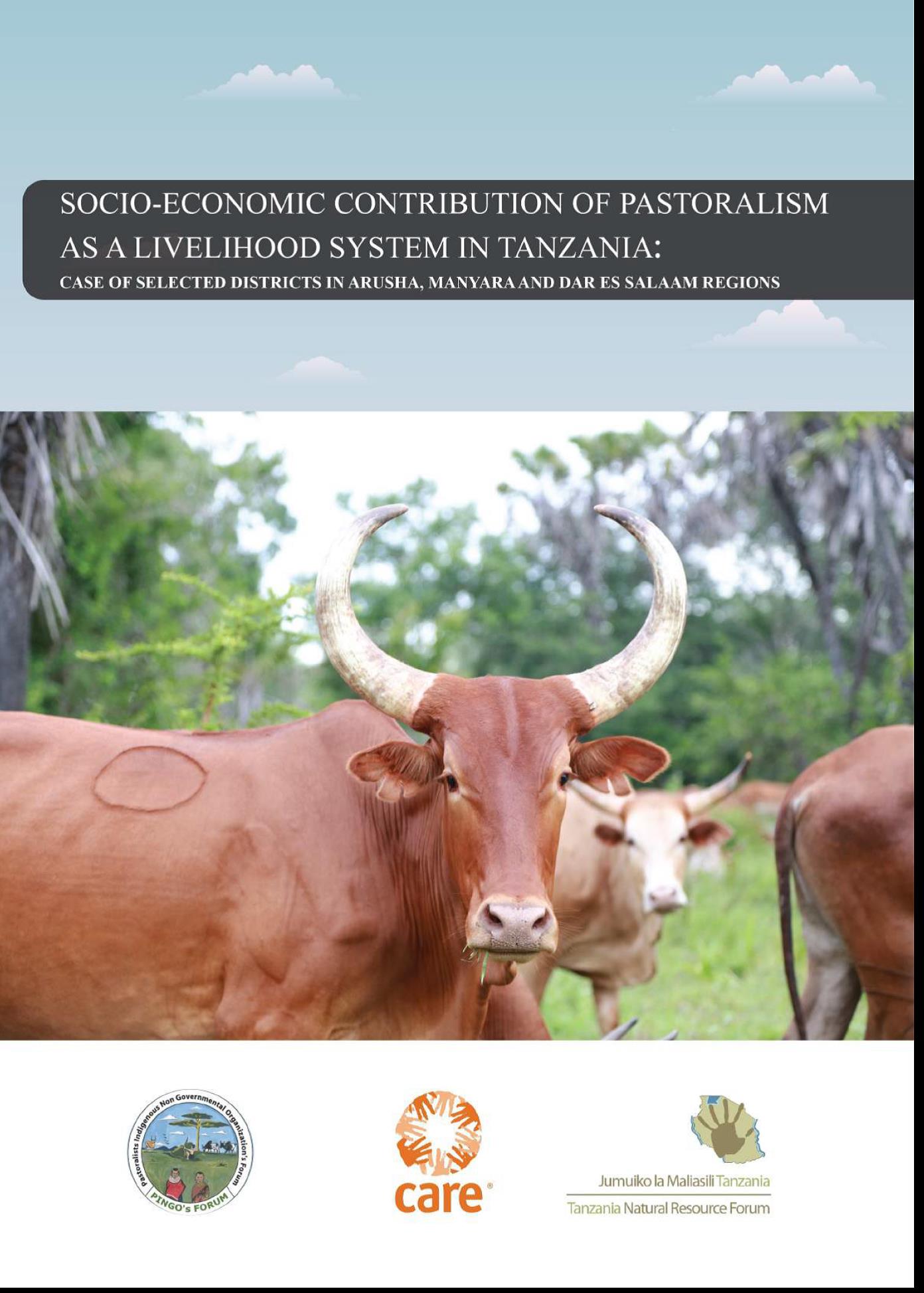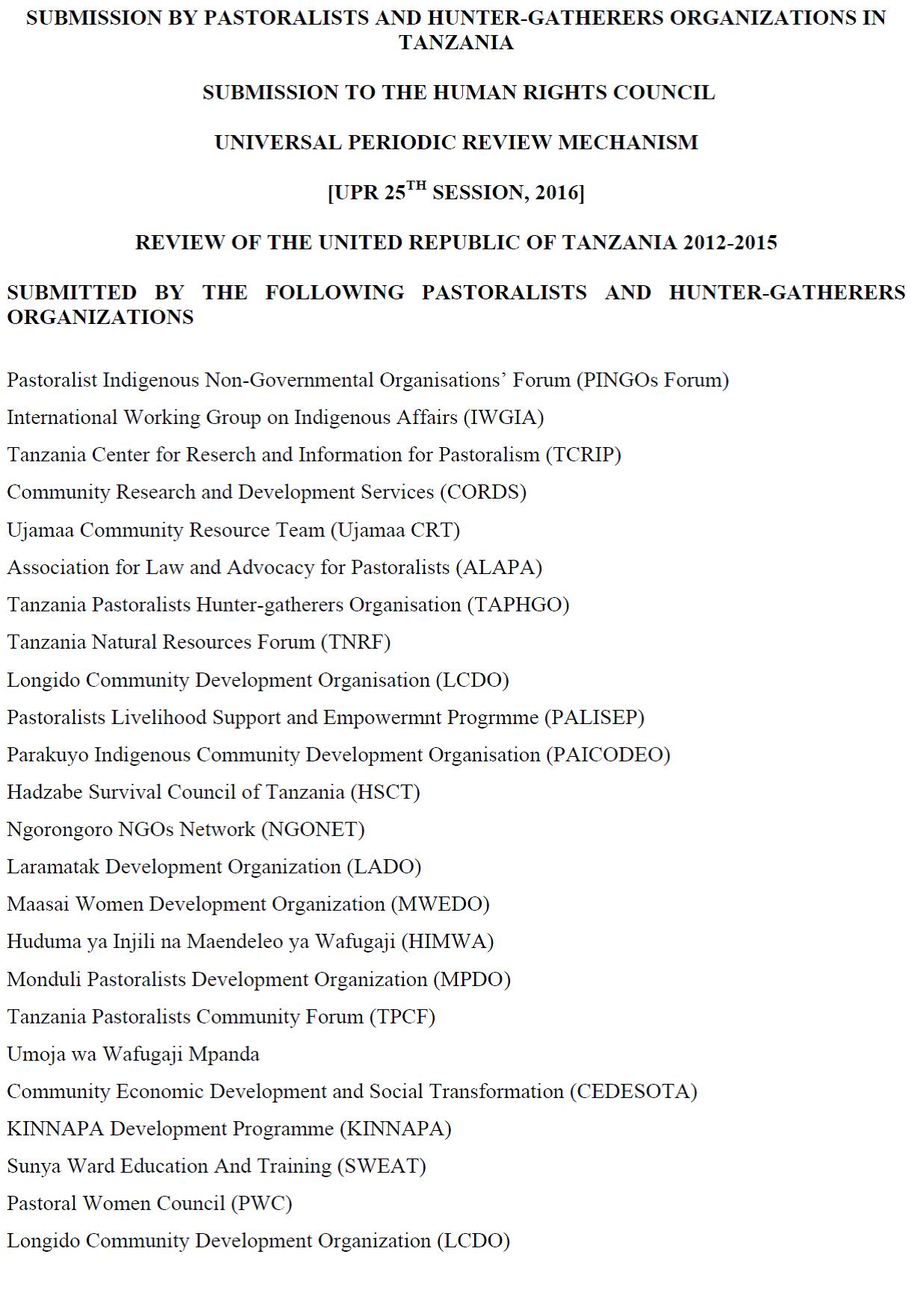Getting by in the dry season: Ololilis in Tanzania
Lay perceptions of risk factors for Rift Valley fever in a pastoral community in northeastern Kenya
Consumption of contaminated livestock products is one of the risk factors for the transmission of Rift Valley fever (RVF) in humans. In pastoral communities, livestock is the main source of livelihood providing nutritional, economic and cultural services hence zoonotic diseases tend to be more prevalent in such communities. An understanding of the lay perceptions regarding the transmission of zoonoses can help institute effective interventions. A qualitative study was carried out in Ijara district in Kenya to investigate the lay perceptions of RVF transmission.
Somalia 2017
Three years of drought have taken a heavy toll on the rangelands and water supplies that Somalia’s 7+ million pastoralists rely on to keep their animals alive and healthy. Livestock are their most important possessions – trade items bartered for food and other essentials; high-value assets used as collateral; the source of daily dairy protein. But malnourished animals do not produce as much milk. They cannot be traded, or only traded for less. And even minor illnesses can kill livestock weakened by a lack of food and water.
Rangelands: Pastoralists Do Plan! Community-Led Land Use Planning in the Pastoral Areas of Ethiopia
The Government of Ethiopia and more specifically, the Rural Land Administration and Use Directorate, (RLAUD) has identified land use planning as an important tool for the sustainable development of the country. Land use planning is vital for optimising the use of the land and for reconciling conflicts between different land uses. Land use planning should be carried out at different levels – from national to regional to local including community: these different levels should support and integrate with each other.
Rangelands: Improving the Implementation of Land Policy and Legislation in Pastoral Areas of Tanzania: Experiences of Joint Village Land Use Agreements and Planning
Resilience-building planning in drylands requires a participatory, integrated approach that incorporates issues of scale (often large scale) and the interconnectedness of dryland ecological and social systems. In an often political environment that supports small, “manageable” administrative units and the decentralisation of power and resources to them, planning at large scale is particularly challenging; development agents in particular may find it difficult to work across administrative boundaries and/or collaboratively.
Traditional livestock breeding practices of men and women Somali pastoralists: trait preferences and selection of breeding animals
Somalia, one of the world's poorest countries, has livestock as the mainstay of the economy, with an estimated 65% of the population engaged in the livestock sector. This paper presents a gendered study on the traditional livestock breeding practices of Somali pastoralists for camels, cattle, sheep and goats, with a focus on documenting livestock traits of importance, the criteria used to select male breeding animals and the criteria used to cull female breeding animals.
Decree No. 2016/9620 on declaration of protected areas for specific meadows.
Upon the request of the Ministry of Food, Agriculture and Livestock, the Council of Ministers decrees to determine some meadows as protected areas which are specified in the Annex. This Decree aims at soil conservation against erosion, pollution, degradation and fertility soil loss.
Implements: Law No. 5403 on Soil Preservation and Land Utilization. (2005-07-03)
Crossborder dynamics and security in the southern Ethiopia-northern Kenya borderlands
Soci0-Economic Contribution of Pastoralism as a Livelihood System in Tanzania
Tanzania is endowed with numerous resources including livestock. It is number three country in Africa in terms of livestock population after Ethiopia and Sudan. Currently, the country (Tanzania) has more than 22 million livestock, of which at least 95% are indigenous animals kept under traditional livelihood model known as indigenous pastoralism. At least 70% of Tanzanians earn their living through agro-pastoralism whereby around 40% of them entirely practices indigenous pastoralism.
Submission by Pastoralists and Hunter-Gatherers Organizations in Tanzania
This is a stakeholder submission prepared by a coalition of 24 pastoralists and huntergatherers’ Civil Society Organizations (CSOs), forums, networks and groups. The stakeholders submission is a compilation of primary and secondary sources of information, evidence and facts collected through consultative meetings and interviews with civil society organizations, public officials and community members, experts on pastoralism as well as members of the academia.
Strengthening resilience to food and nutrition insecurity in the Sahel and West Africa
In the Sahel, around 65 percent of the active population works in the agriculture sector and their livelihoods are therefore affected by climate change, markets and environmental factors. More than half of these are women. Recurring crises pose real concerns for the achievement of sustainable food and nutrition security in the region. The root causes of vulnerability to food insecurity and malnutrition are complex and multidimensional.

